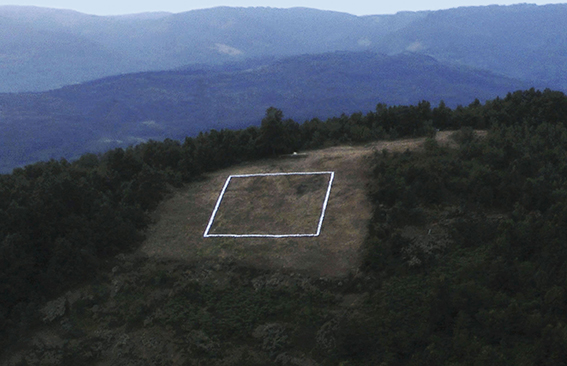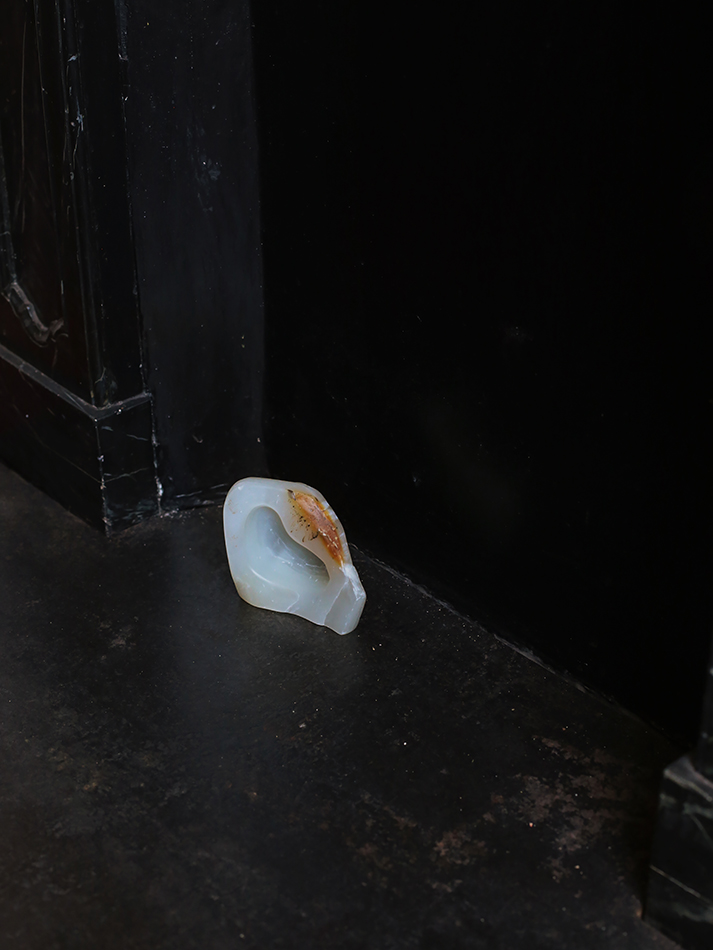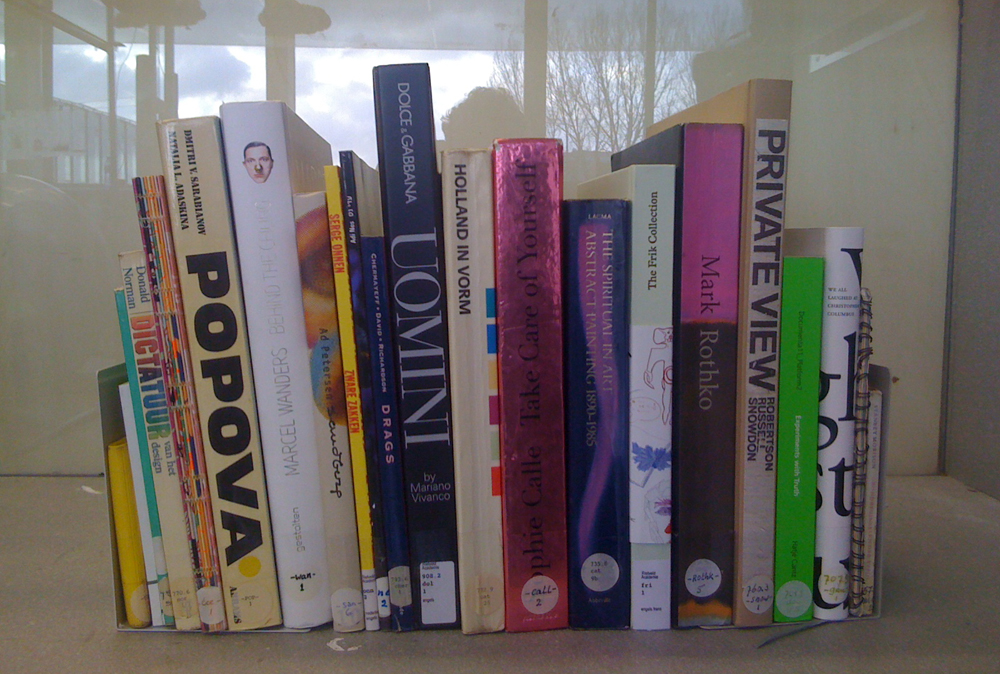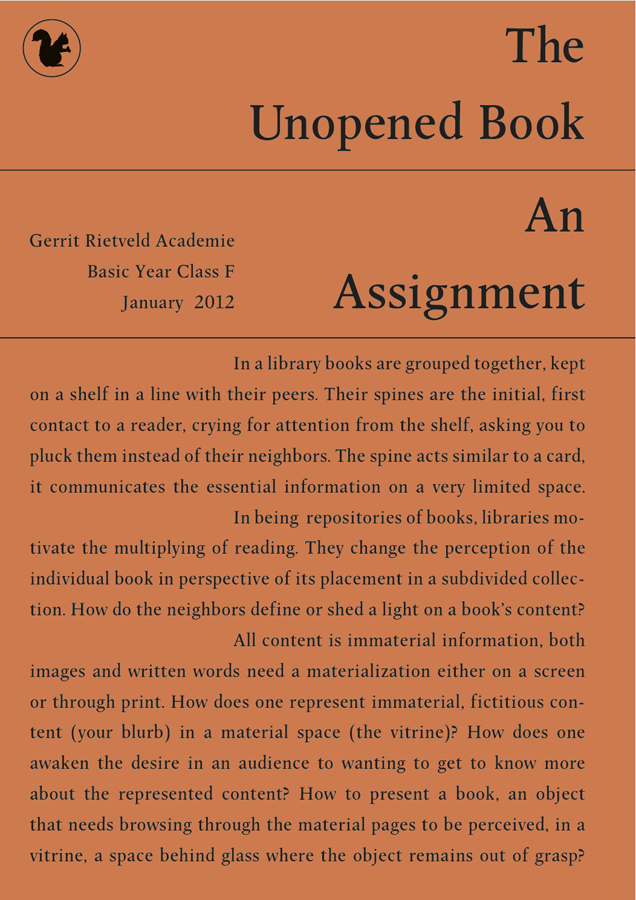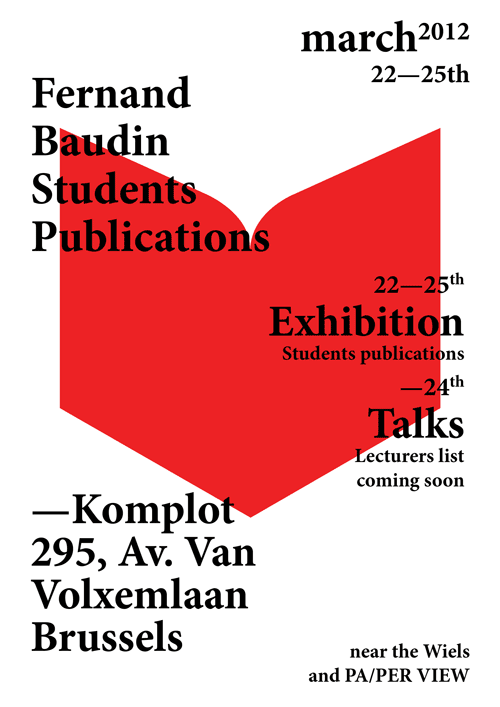I think they live differently. In a different world than mine. They look differently. They do not chase after things that capitalism offers. They live within a concept that is rooted from ages ago. The concept is centered around the immaterial. It is real for them. I would like it to be real for me too, but somehow it does not work. I wonder how it works for them. I think they are happy to have a one focus in life. I feel that my mind is out of focus. I wonder if in a contemporary society one is able to find a grounding. If one has to separate himself to find a clear focus, in order to create a space inside thoughts that are often dominated by information from the outside world.
My process started with the interest in people who communicate with immaterial. I thought about contacting psychic mediums or ones who have strong belies in god. I ended up going to a monastery for 3 days. I was welcomed really warm and had long conversations with nuns on religion and their personal stories about their decision to live in a closure. I am not a christian myself, but i am interested in eastern philosophy, that also shares connections with christianity. And in the case of the monastery, the practice of silence was the strongest meeting point for me.
By separating themselves they fill the space with the highly structured concept, that occupies their lives from the very morning till the very evening. I resist to analyze the concept, but I rather focus on their inner state. Which seems to be empty form overdose of various forms of information. They have one form of information that can guide them through all. That information is received in a condition of silence. They said that the noise of the world disturbs the signal. And a closure helps to cultivate it, creating a room for exercise. They lived in a space that was elected for a special meeting, for a vertical sight and inwardness. Space filled with quietness.
The first object I made was a silent book, that contains no written word or image. It was influenced by old religion books i found in the monastery. They were made ofreally thin paper, that was nearly transparent.
Later on I researched believe systems that contain practices or notion of silence and learned what does that mean. I also remembered a composition by John Cage “4’33”, where orchestra does not play any sound in duration of the piece. This piece is not necessarily about the silence, but it is more about the sounds of the environment, listeners are surrounded by. This made me think about the negative spaces, the inversion, the surroundings that are invisible.
The absence of sound is registered as non-existence and non-form. Emptiness is the inner state of things. Things around us are weightless. They do not have any meaning, only our mind creates meaning for them. Objects are silent and transparent. We are surrounded by space and we float in it.
I thought that the subject of silence could be expressed through a suggestion of the object that appears in mind but not in matter. In Japanese language word MA expresses a gap, a space, a pause. MA is also the thing that takes place in the imagination.
Space is a continuum. It gently touches objects not affecting them. If we would like to, we could see just space around us instead of objects. We could see negative shapes in objects instead of seeing objects themselves. We could experience how much weightlessness and formlessness is around us. Everything around consists of being and non-being, processes of becoming and vanishing.
Soap stone was the material I used for my objects. It is a really soft stone, also called a quiet stone, because of its properties. I carved abstract shapes in them, creating a negative shape of a suggestive shape. An immaterial object that can exist only in mind. Three stone objects work as the reminders of an inverse looking.
